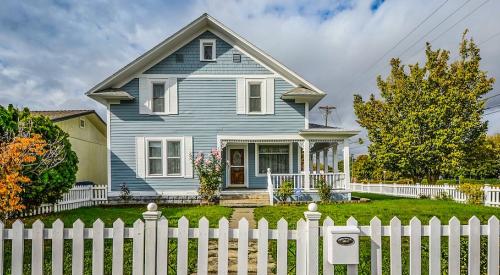In a new study of U.S. homeownership trends using Census data, housing economist Felipe Chacón found that just 10 out of the 100 largest metros had homeownership rate growth, and only two of those metros were not in the Northeast.
For metros with declining homeownership rates, Trulia's housing economist Chacón's analysis shows that changes in household income and in occupied housing inventory are two of the primary drivers. Between 2000 and 2016, ZIP codes with decreasing homeownership rates have also had a shift in housing stock toward multifamily structures at 1.5 percent more than the metro overall. ZIP codes with increasing homeownership rates, however, have seen its housing stock shift toward single-family homes at 2.2 percent.
Ultimately, our research found that neighborhoods that swung to renters from owners or vice versa were influenced by three factors: changes in household income, the type of new construction, or lack of it, in the area and the housing crisis which ultimately displaced huge swaths of the population. While it’s impossible to predict what will happen next, these factors always will have an outsized influence in whether a neighborhood is full of homeowners or renters.













